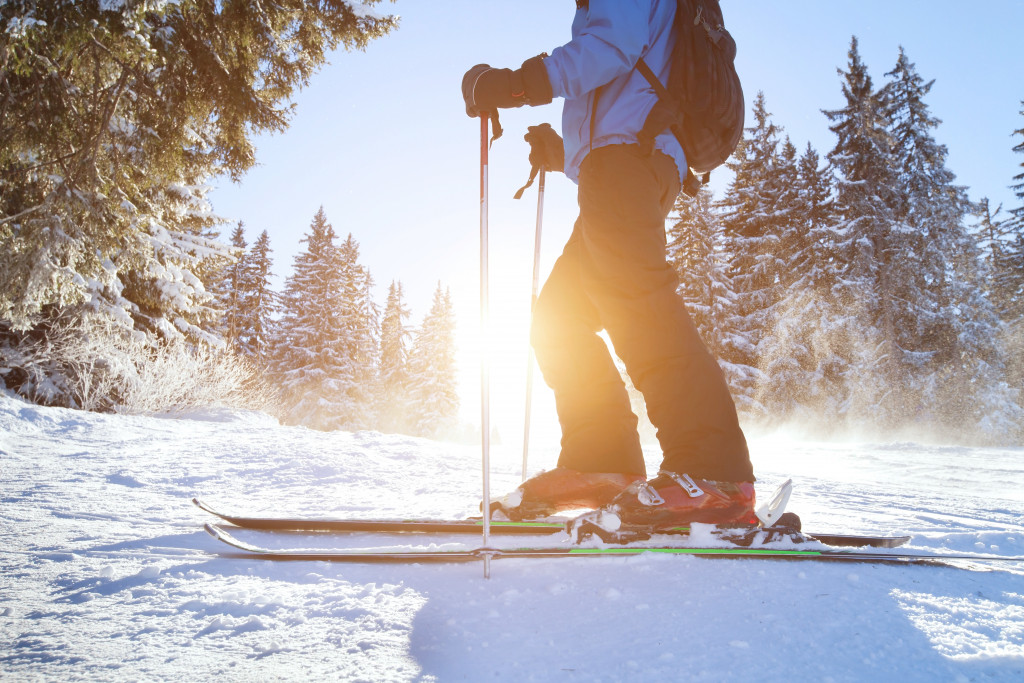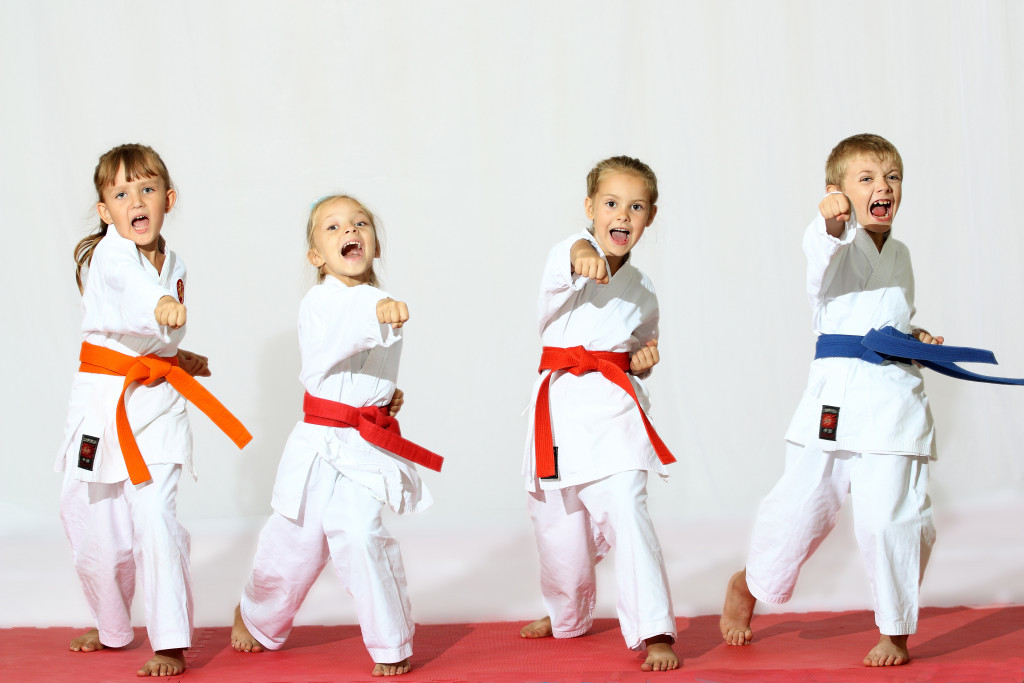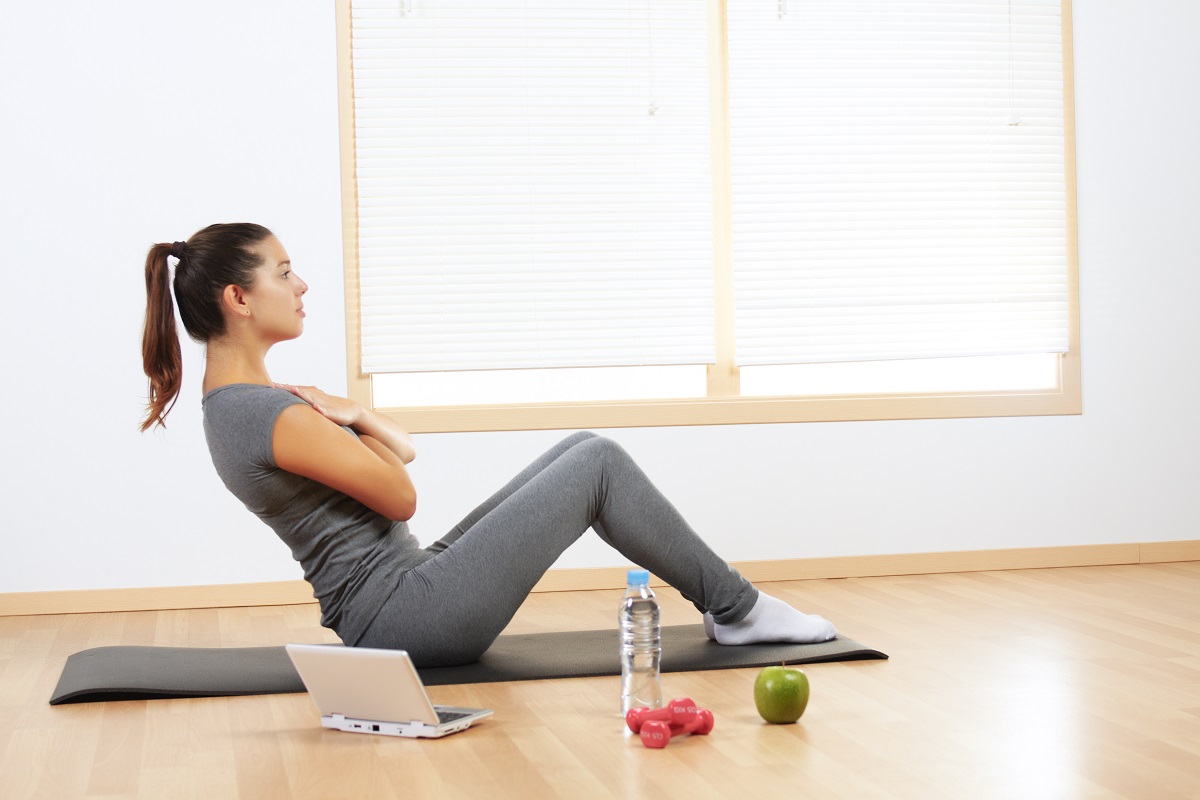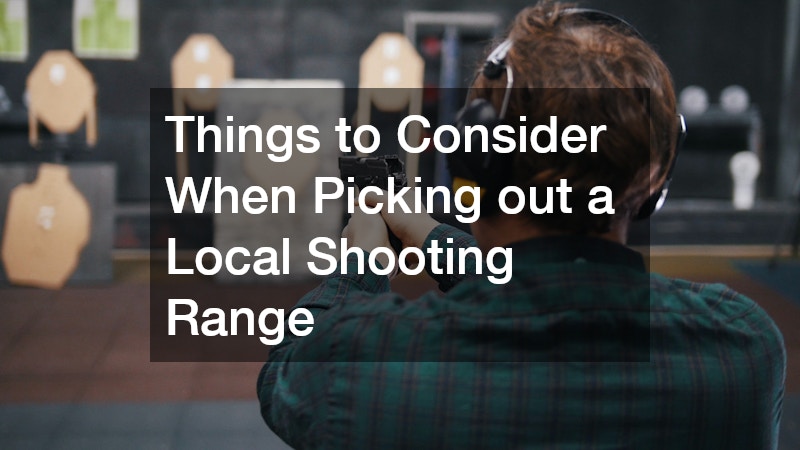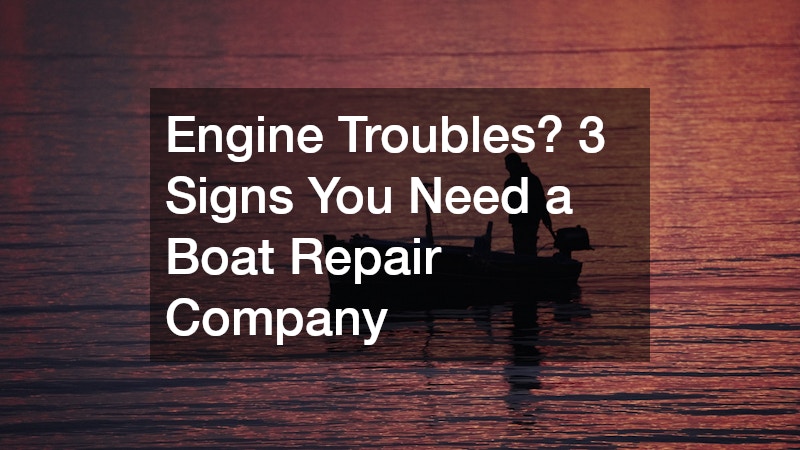Every month of November, ski enthusiasts get their gears ready for another ski and snowboard season in the U.S. Millions of travelers flock to the mountains and ski resorts to get a taste of the winter slopes. But with the COVID-19 pandemic going on, things aren’t the same this year.
Although vaccination continues to roll out in several states, travel restrictions and health concerns make it difficult for skiers and snowboarders to plan their next trip. Those who plan a ski trip this year may have to navigate a few safety issues before they can hop on their skis.
While there are major changes in the usual ski experience, the ski market continues to escalate. From skis, ski bindings, and ski boots, ski enthusiasts will witness more innovative selections of ski and snowboard gear. One example is the Blizzard Skis Black Pearl, a versatile all-mountain ski perfect for icy conditions.
Despite the escalating risks of COVID-19, the ski industry remains to be the fastest-growing sport. So if you’re planning to venture out on the mountains this year, you need to be aware of the safety protocols involved. To ensure a safe and fun ski experience, here’s what you should know before going on a ski trip during a pandemic.
Safety measures
Many people might feel some uncertainties about whether they should take a trip to the mountains this coming winter. While every ski trip involves considerable planning, skiers may have to be more proactive than usual.
Every mountain destination and ski resort will implement safety and enhanced health protocols that will change the ski experience this year. The choice is up to skiers if they’re comfortable with the safety requirements of their chosen ski resort.
The new guidelines and rules should be available on the resort’s website. This contains the best practices for skiers, riders, and ski areas to keep everyone safe. The recommendations may include social distancing, wellness checks, face coverings, and enhanced cleaning and disinfection. Some ski resorts will provide a quarantine or COVID-19 test upon arrival for those who will spend a few nights.
Concerning health risks, the chances are quite low because skiing is considered an individual sport. The experience itself takes place outdoors, so skiers can enjoy the fresh air in wide-open spaces. Basically, returning to the slopes remains the same. Still, skiers have to consider that skiing and snowboarding will be in demand and popular once people think it’s safe to ski again.

Resort lodging
In recent years, lodges are often packed with skiers, especially during peak season. But because of the safety restrictions, there will be capacity restrictions depending on the state government. Restrictions may also change depending on the data trends related to COVID-19.
The safest lodging option is to rent lodging via Airbnb. Those who want to stay in a hotel should be mindful of the health risks in the area and book a hotel that employs strict safety and health guidelines. In some areas, lodges may only permit outdoor seating, but a few may allow indoor dining but with capacity restrictions, and tables have to be far apart.
To address the limited seating, more lodges are planning other ways to offer meals to hungry skiers. Some may employ a pickup system by enabling visitors to order food using their phones and pick up the order at certain locations. Other resorts may offer food trucks to their guests in the coming seasons. Skiers are also encouraged to shop for groceries and eat wherever they plan to stay.
Activities
If you decide to push through the ski trip, a great tip is to book the tickets in advance. Some ski resorts will not be selling day tickets on-site. They will also prioritize season pass holders for lift access, but they still need to reserve the dates before the visit. Ticket sales may also be limited to monitor the number of skiers on the mountain.
On the other hand, other ski resorts will not restrict ticket sales, and many will shift to online purchases, including equipment rentals and parking spots. When it comes to rides and lift lines, there will be maze changes to ensure separation between skiers. For gondolas, capacity will also be limited, and traveling parties are advised to ride lifts together.
With all the adjustments we need to make this season, the ski and snowboarding experience will remain the same. Above all else, it’s important to be flexible and patient to keep ourselves safe. In turn, ski resorts should put their customers’ health and safety as their top priority. If your favorite ski resort is closed, this is a great time to explore undiscovered destinations you haven’t considered before.

